The Palmer House
17 East Monroe Street
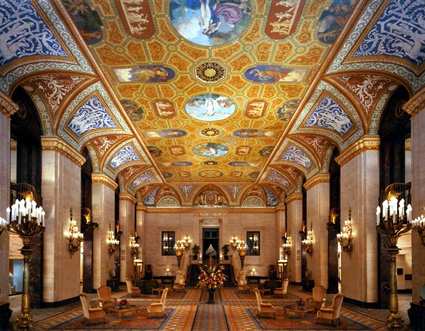
Image taken from: http://www.hilton.com/en/hi/hotels/index.jhtml?ctyhocn=CHIPHHH
The most well-known of Chicago's famous hotels. The Palmer house is located within close proximity to many of the Gold Coast's esteemed establishments, such as the Art Institute, Grant Park, Millennium Park, and Navy Pier. The Palmer House has a rich and complex stake in Chicago's history. The hotel has seen the Great Chicago Fire, the World's Fair, while still remaining a monument to today's contemporary Chicago. (14)
History of the Palmer House
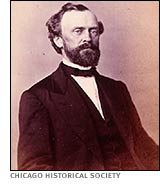
Potter Palmer, Founder of The Palmer House
http://www.pbs.org/wgbh/amex/chicago/peopleevents/p_ppalmer.html
The Palmer House's beginnings go back to the 1870's when Potter Palmer, the hotel's founder, sold his lucrative, dried goods store to Marshall Field in order to build a hotel that would be "the glittering center of Chicago" (15). On September 26, 1871 the first Palmer House opened to the public. Thirteen days later the hotel burned to the ground in the Great Fire. John Mills Van Osdel, who was the architect on the project and one of the city's up and coming stars, took the hotel's blueprints into the basement and covered them over with sand and moist clay just minutes before the hotel was destroyed. Potter Palmer, undaunted by the tragedy, immediately went to action, taking out a loan for 17 million dollars in St. Louis. (15)
Less than year later, in July 1873, the second Palmer House hotel opened across the street from its original location. The laborers worked day and night to finish the project, in an attempt to beat out the Grand Pacific Hotel in opening. Palmer lost the race, but he built one of the most glorious hotels Chicago had ever seen: the first to use electric lights, telephones and fireproofing technology. "The hotel has 2,000 guest rooms, 23.5 million cubic feet, three miles of corridors, and 3.5 acres of window glass" (15).
The Palmer House Legacy

Image taken from:http://www.chicagohs.org/fire/queen/pic0521.html
Palmer died in 1901. Previous to his death, he and his wife were known as the "King and Queen of State Street--and later of Lake Shore Drive" (1). They both would have been very delighted with the hotel's success and rise to fame. Conrad Hilton bought the hotel and continued the tradition of luxury and excellence. The hotel has had a guest list that puts any red carpet affair to shame, boasting such names as Tony Bennett, Nat King Cole, Louis Armstrong, Jack Benny, president Harry S. Truman, Jimmy Durante, ambassadors, royalty and politicians. (15)
The Palmer House in Literature and Culture

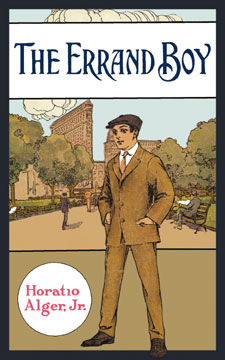
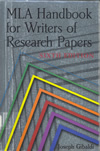
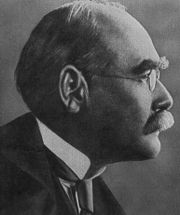
Images taken from: http://www.qvadis.com/images/bookcovers/Sister-Carrie.jpg
http://polyglotpress.com/MEDIA/Errand-Boy,-The%20Large.jpg
http://pgweb.pg.cc.md.us/library/tutorial/mla_handbook.jpg
http://en.wikipedia.org/wiki/Rudyard_Kipling
In Sister Carrie, by Theodore Dreiser, the character George Hurstwood finds refuge from his wife at The Palmer House. He spends several nights at the hotel throughout Chapters twenty four, twenty five and twenty seven. Hurstwood later finds out that Drouet, the other man romantically linked to the main character, Carrie, is also staying at The Palmer House in Chapter twenty seven. (7)
In Devil In the White City by Erik Larson, page sixty three mentions that Potter Palmer is so in love with his wife, Bertha, that he wants to build a magnificent hotel for her as a wedding present. The Palmer House is the realization of that gift. (12)
"At the Palmer House" is the title of a chapter in The Errand Boy or How Phil Brent Won Success, by Horatio Alger (1832-1899), published in 1888. Alger was known for writing "rags to riches" stories. His works generally contained the theme of young men with strong work ethics who were able to rise above the low expectations set for them. (10)
The Palmer House was also a spot for societies to gather and discuss the business of their particular group. In 1965, the Modern Language Association met in Chicago to discuss forming "an enduring association — what would in the course of time be designated “The Division of American Literature to 1800.” The Palmer House was a popular and convenient place to meet for many groups. (9)
Although, not everyone enjoyed their stay at the Palmer House. Rudyard Kipling, the British author and poet famous for The Jungle Book, was very dissatisfied with the time that he spent at the hotel. After his stay, he commented, "They told me to go to the Palmer House, which is a gilded and mirrored rabbit-warren, and there I found a huge hall of tessellated marble, crammed with people talking about money and spitting about everywhere." However, The Palmer House is not known for their guests feeling this way. (14)